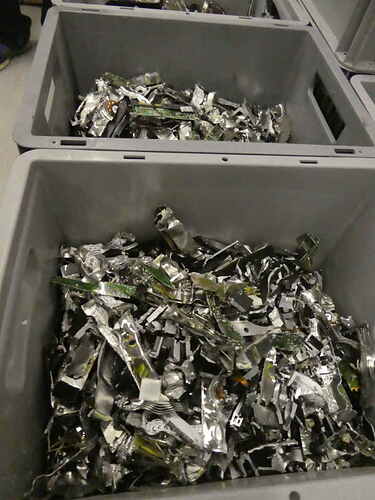Thanks @philip .
I also had not head of ShredOS previously, and it does indeed to operate quite in the same way as DBAN.
I wanted to better understand your following statement though:
it’s not possible to reliably wipe an SSD
Is this 100% true? Because if true, then giving a second lease of life to SSDs is not possible in many cases? I’m thinking about the big scandal of many corporates which prefer to destroy storage media rather than passing them on. We’d like to avoid such practices in the future.
I’m not a fan of Blancco or any other proprietary software company - however they claims that their patented solution can be used to “securely erase sensitive data from HDDs and complex SSDs in desktop/laptop computers and servers. Through our patented SSD erasure process and technology, organizations now have a secure method to handle end-of-life storage devices safely”
(Blancco bought DBAN in 2012)
So, is the issue that no free and open source software solution provide a secure wiping of SSDs? It’d be useful to better understand. Especially as with the Fixing Factory project we’re looking at repurposing lots of laptops, and while we always prefer FLOSS options, we need to know what would be the relative advantages of a proprietary option (if any!)
We already know that for some devices, data deletion from SSD isn’t a problem: I’m thinking about Android devices or Chromebooks, whereby full data deletion is possible, via the deletion of the encryption key, which is considered sufficient in rendering the device secure to reuse for a new user [obviously you’d need to believe that the encryption key is indeed deleted!]
Finally, to your point that
Unless the intelligence services of a nation state might be interested in the data
I hear you - but many corporate players which when passing on laptops are insisting on removing and destroying storage before passing on their devices. If we want to reduce waste further, it’d be great to be able to ensure that SSDs as well as HDDs can be confidently reused, so any additional detail you or others can share will be very helpful. Thanks! 
 !!
!!